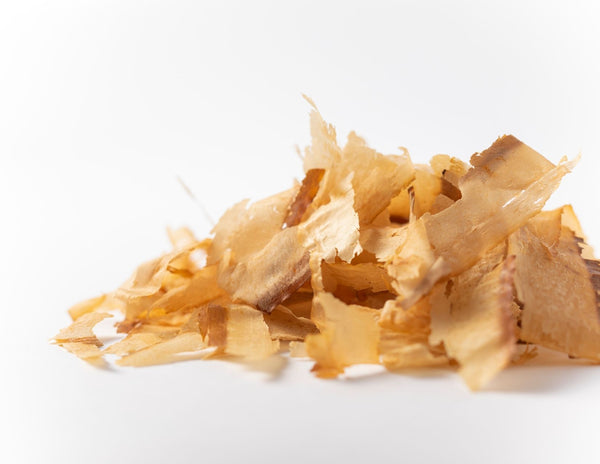Dashi: The Ultimate Guide

In its basic form, dashi (だし, 出汁) is a broth made by extracting flavors from ingredients by boiling them. Yet unlike typical soup stocks made from a variety of mixed ingredients, dashi relies on only one or two simple ingredients. The beauty of this simplicity, however, is in its ability to enhance and harmonize the flavors of the other ingredients it’s paired with, creating a dish that is more than the sum of its parts.
Dashi in many ways defines Japanese cuisine with the subtle elegance of its simple ingredients and is found in a wide range of Japanese dishes.
Types of Dashi

Konbu Dashi (昆布だし)
Tough and difficult to digest on its own, konbu (kelp) must be cooked for a long time, which also draws out its high amount of glutamic acid, an amino acid responsible for umami.
90% of Japan’s konbu is harvested in the northernmost prefecture of Hokkaido. Mineral-rich, ice cold water flowing down from Siberia provides a nutrient-dense environment for some of the world’s best konbu to grow.
It has a subtle flavor and produces a clean, clear dashi that is typically used in the Kansai region of Japan and is a great choice for vegetarians and vegans. Learn more.

Katsuo Dashi (かつおだし)
This aromatic and flavorful seafood based dashi is made from katsuobushi (dried skipjack tuna that is shaved into thin flakes) and is mostly used in the Kanto region of Japan.
The production process for katsuobushi can take several months, with variations based on different regions. Tuna is cut into fillets which are then simmered for about two hours. Once deboned, the fillets are repeatedly smoked then cooled for about a month until they become extremely hard. This can then be fermented for six months to create ‘true’ katsuobushi. Learn more.

Awase Dashi (合わせだし)
Awase dashi is the most commonly used dashi in Japan. In fact, when one says dashi this is usually what they’re referring to. Awase means “to combine'' and is typically a combination of konbu and katsuobushi. It includes both glutamic acid and inosinic acid, creating a single dashi that is more than the sum of its parts. Learn more.

Shiitake Dashi (干し椎茸の戻し汁 / 椎茸のだし)
Succulent and juicy shiitake mushrooms are the base for this earthy, savory dashi that is made from rehydrating dried shiitake mushrooms (which can then be used for cooking) in water. This thin, dark brown vegetarian/vegan dashi is rarely used on its own and is typically combined with konbu or katsuo dashi to produce a more robust flavor. Learn more.
Niboshi Dashi / Iriko Dashi (煮干しだし / いりこだし)
Niboshi or iriko dashi is a strong tasting seafood dashi made from dried baby anchovies/sardines and similar to katsuobushi, has inosinic acid as the umami ingredient. The fish are typically 1.5” to 3” long and boiled in salt water before being dried.




